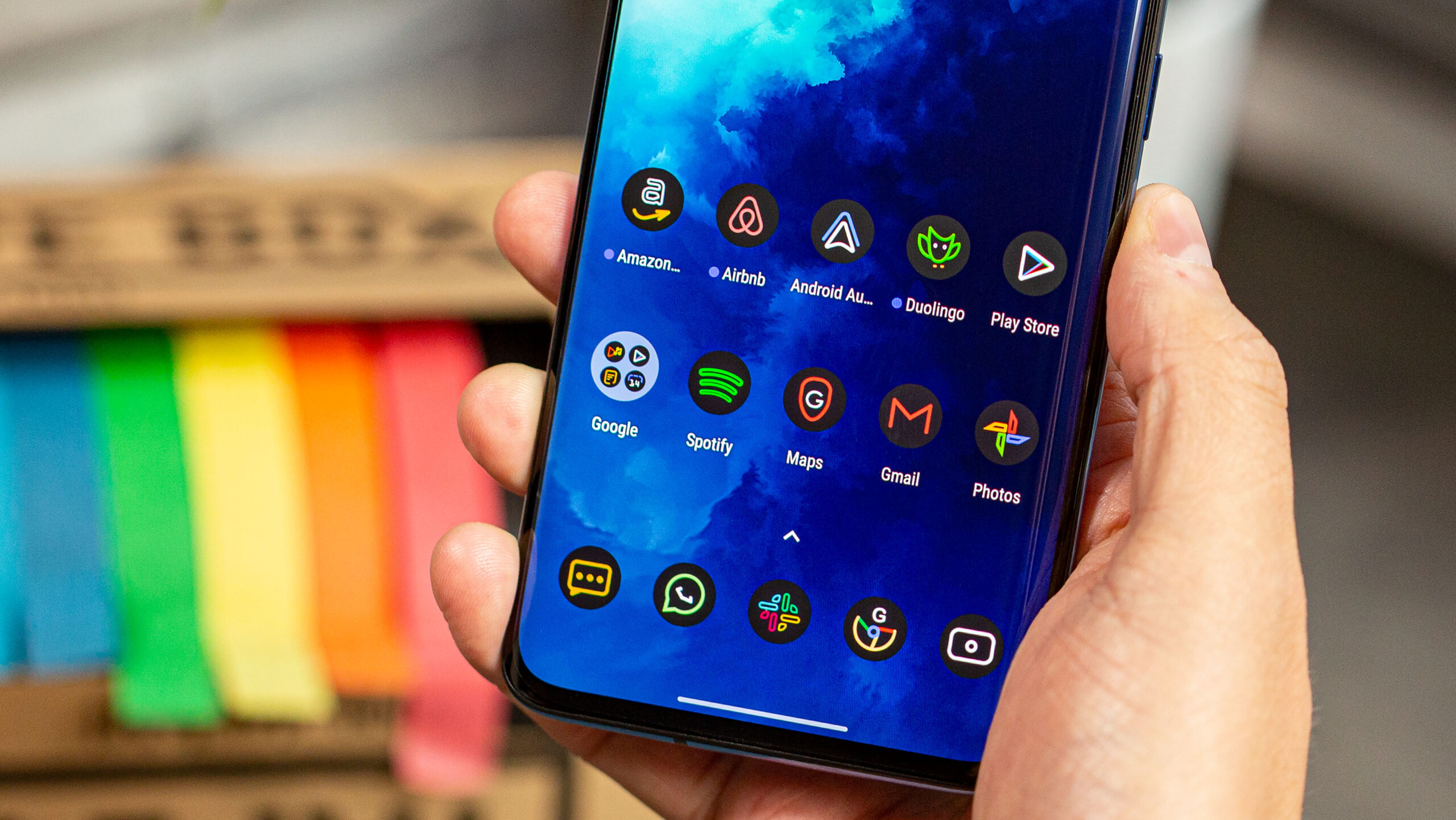New Android devices keep coming up in the market every year rendering the older devices obsolete. In addition to switching to a new phone being an issue in case the phone that you are using starts to slow down. Here’s how to overclock your Android device for enhanced performance.

It is not surprising that you might want to get more out of your device, that’s where overclocking comes into the picture. Usually, low RAM, outdated processors and outdated storage technology are factors that slow Android devices down.
Sometimes, viruses and malware don’t do much to improve matters either. Keeping all these factors in mind, limited CPU clock speed is the main reason for Android devices not performing to its peak.
However, keep in mind, that this can only be done after you get superuser access for your device. Overclocking your device basically means forcing your device to perform at its maximum power.
For example, if your processor runs at 1.8GHz, you can overclock it to perform at much higher speeds. You can also underclock your device to decrease the maximum clock speed.
However, there are several drawbacks that come along with overclocking or underclocking your device. Forcing your device to perform at the maximum level can also make it overheat.
In addition, to this, overclocking makes your device consume more battery life too. Overclocking devices is not recommended because this also voids the warranty of the device.
Things To Do Before You Overclock Your Android Device:
There are a few things that you need to do before overclocking your device:
1) Rooted Android Device
2) Fully Charged-Device
3) Backup of your files
Follow These Steps to Overclock Your Android Device:
Step 1: First of all, you need to do is root your device.
Step 2: After rooting your device then, you need to download and install SetCPU for Android users. After installing it, launch the app and then give it Superuser access.
Step 3: After installing SetCPU simply you have to allow the app to scan the available speeds of a processor. After your device has been detected then, you have to balance the minimum and maximum speed for your Android CPU switching.
Tap on ‘Set to Boot’ when you feel like the speed of your device is stable.
Step 4: After following the steps given above, you will be creating profiles so that you can set terms and conditions when SetCPU should underclock or overclock your processor speed.
Step 5: Take Battery Charging as an example for a profile, you can create a profile that overclocks your device while it is being charged. You can also have various priorities according to your preferences for each created profile.
There are other apps that you can use to overclock your device.
1) Kernel Adiutor (ROOT)
Kernel Adiutor is one of the highest-rated Android overclocking app available on the Play Store. You can use Kernel Adiutor to tweak and monitor things like CPU frequency, governor, virtual memory etc of your device.
2) Faux123 Kernel Enhancement Pro
Faux123 kernel is another app that you can use to tweak CPU voltage. This app allows users to control CPU governors, it also allows users to control CPU Min/Max frequencies and displays GPU frequencies in real-time.
3) Performance Tweaker
Similar to Kernel Adiutor, Performance Tweaker can also easily tweak CPU frequencies, CPY Hotplug, GPU frequency etc.
